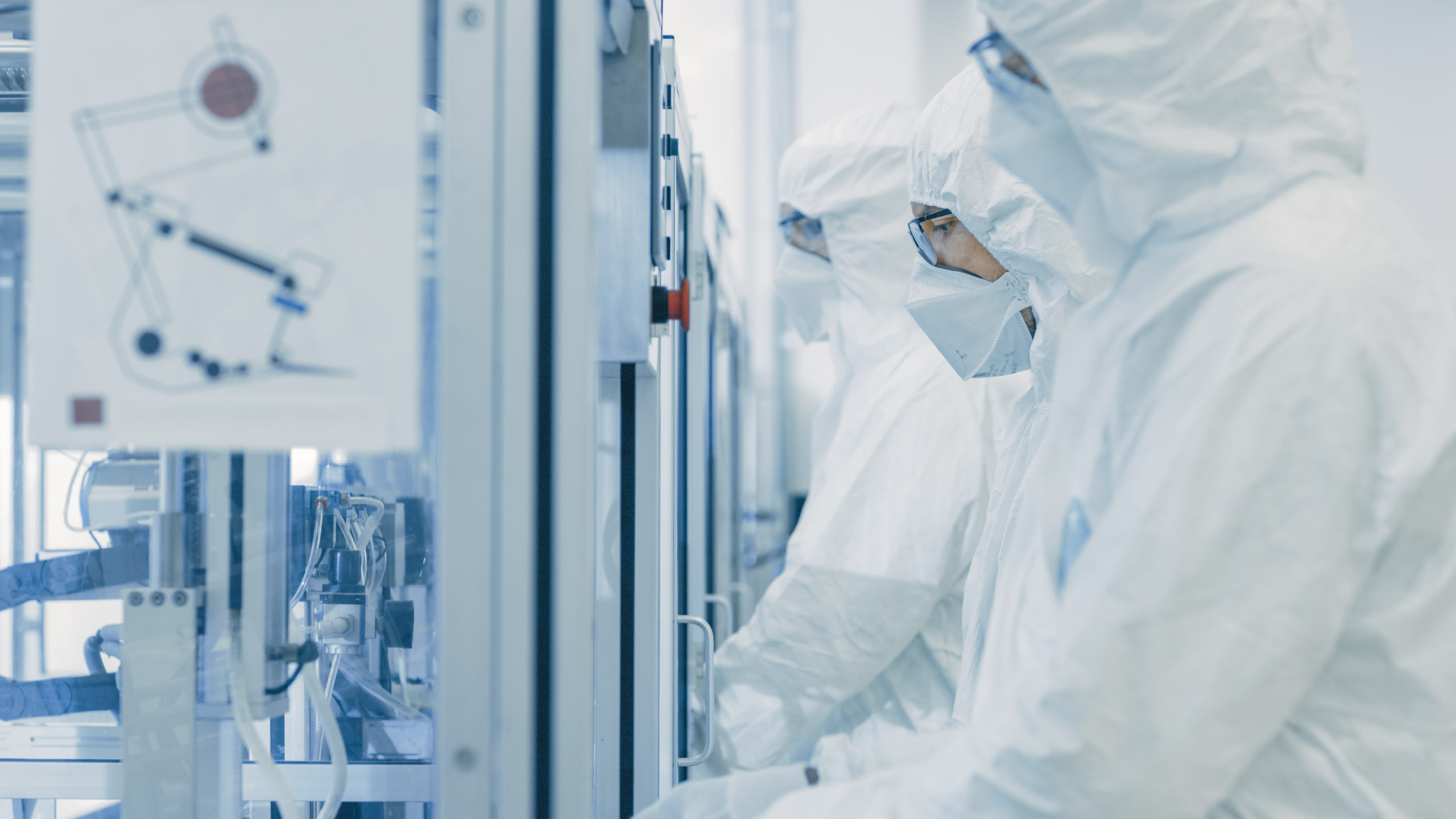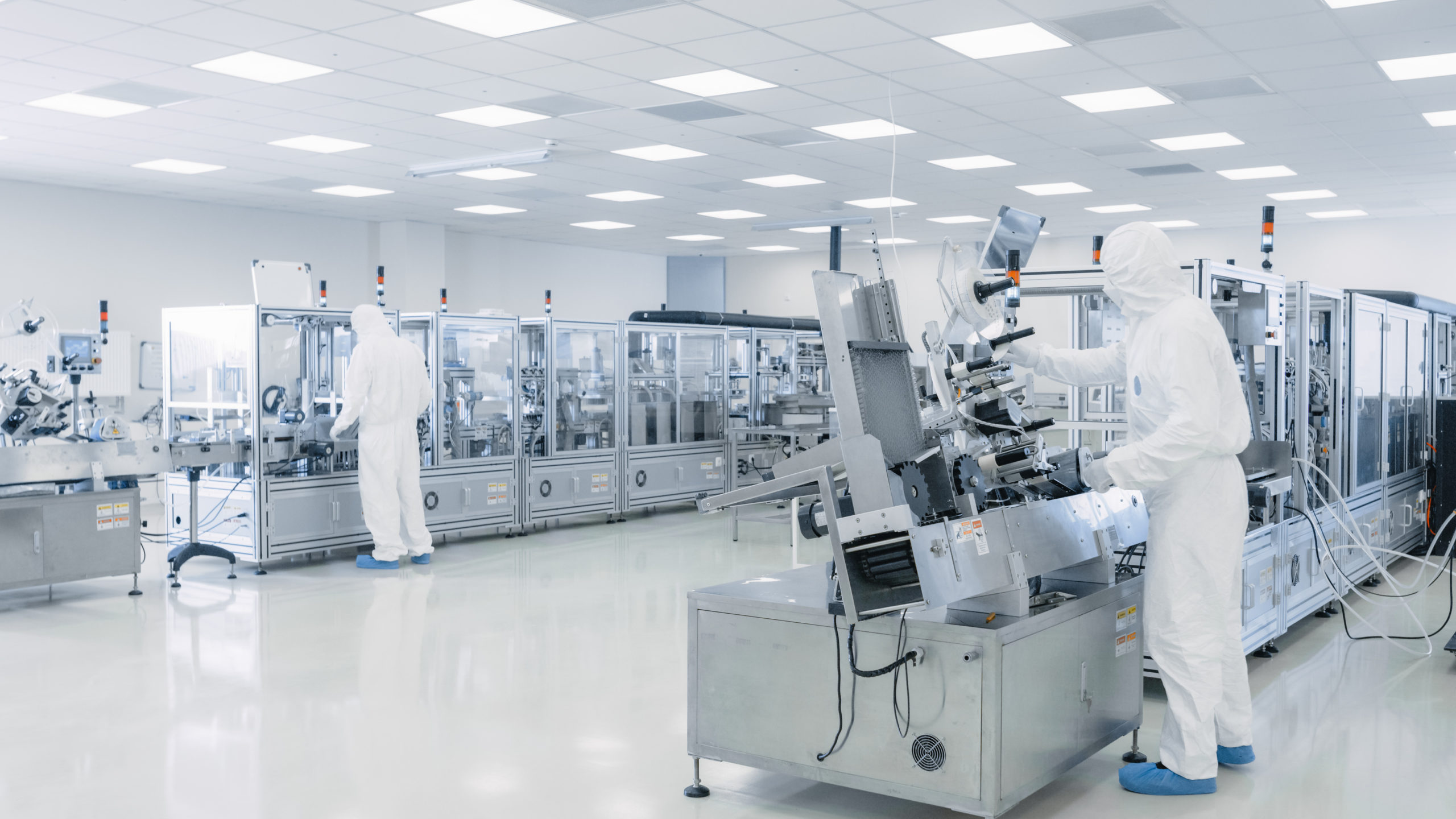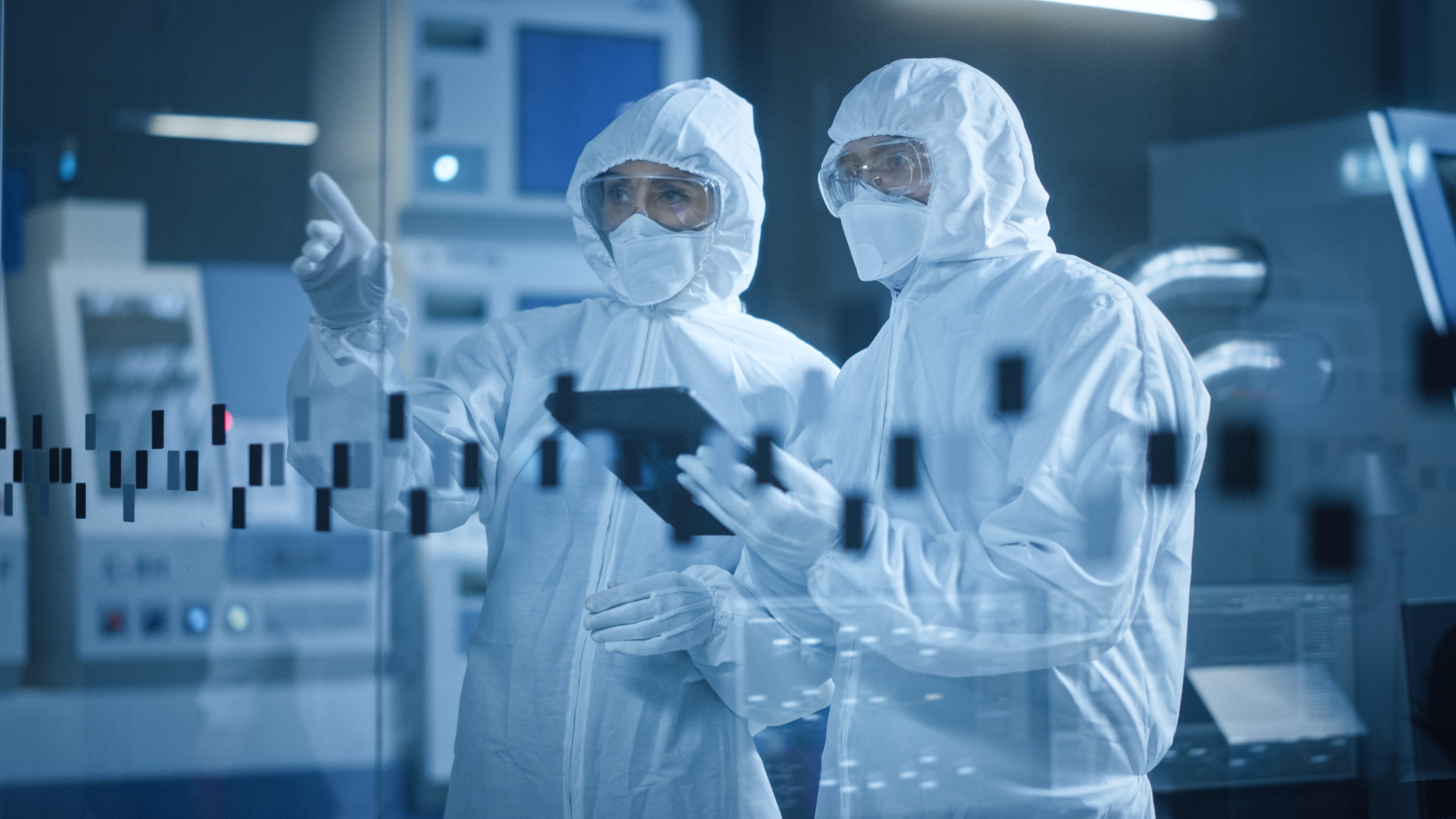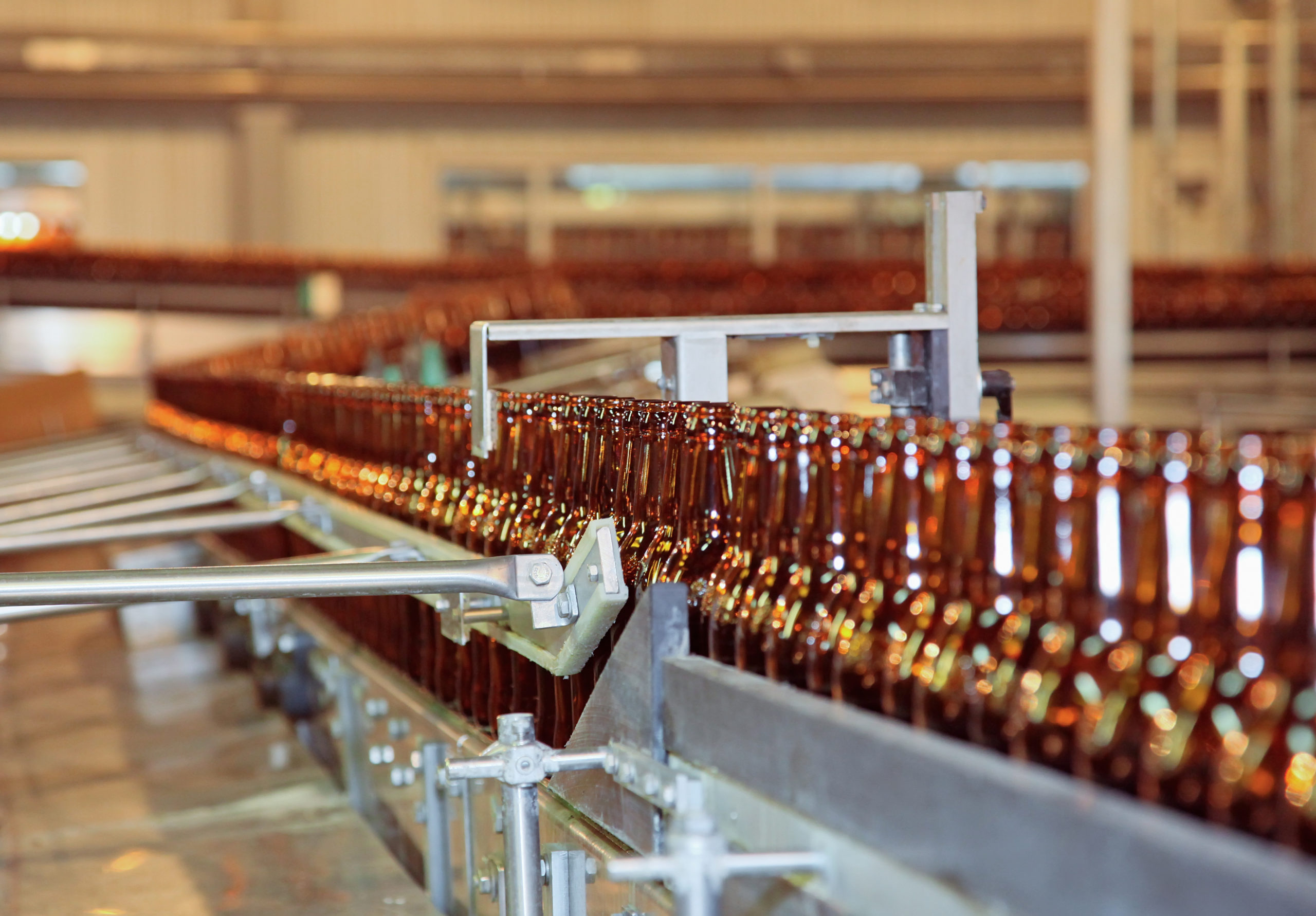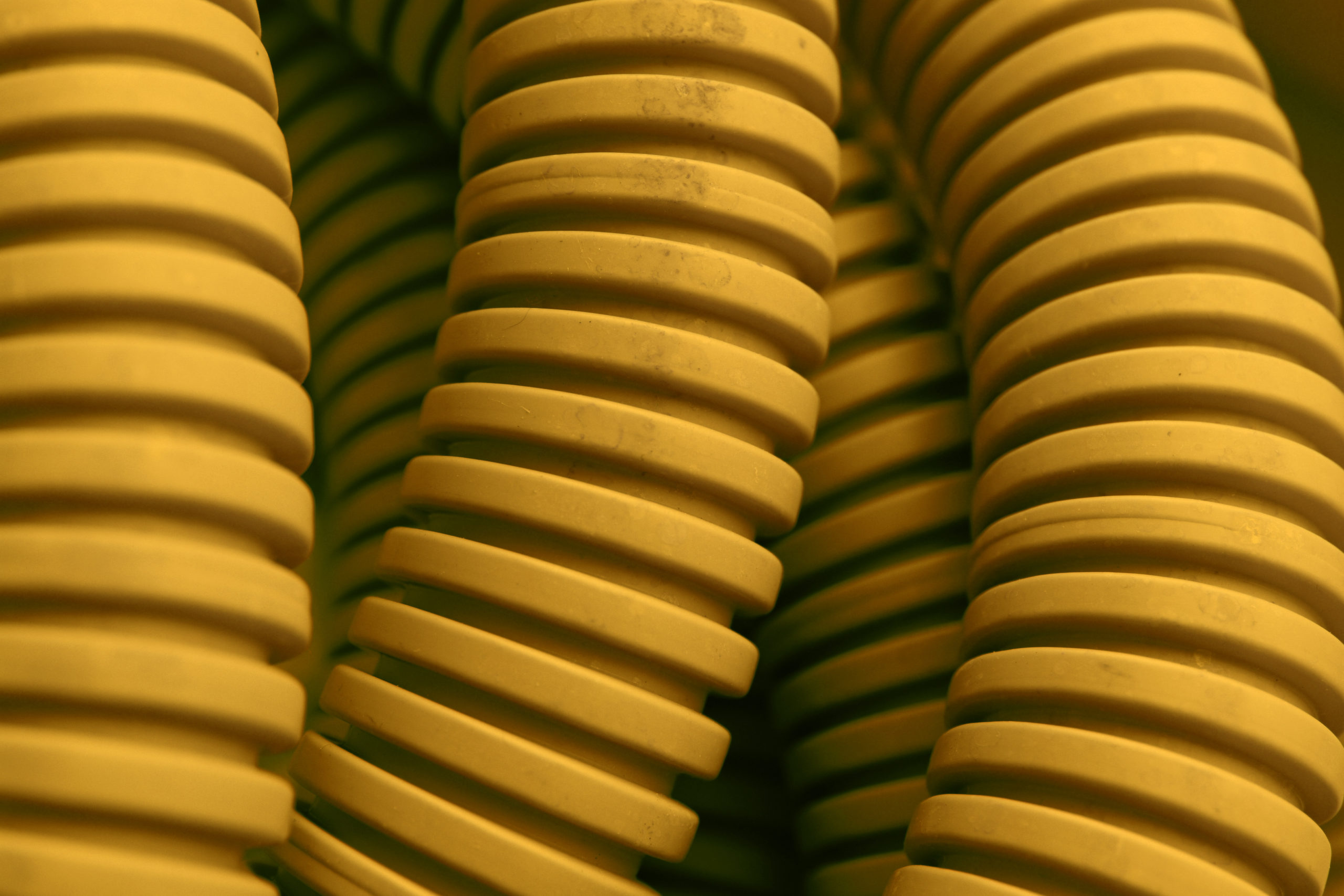Bacterial Contamination
Bacteria left to grow unchecked can create structures called biofilms. These structures allow them to adhere to most surfaces like plastics, wood, and metals, including stainless steel. Test for bacterial contamination in compressed air, ambient air or on surfaces with Trace Analytics
Bacterial Contamination – Air, Gas, and Surface Testing
Bacteria are microscopic, unicellular organisms that exist in every environment. There are millions of bacteria and they can exist both inside and outside other organisms. Some organisms, like E. coli, can be beneficial. Bacteria support many forms of life, both plant, and animal, and are used for industrial and medicinal purposes. However, bacteria that are left to reproduce unchecked, or grow in unwanted areas, can be very dangerous. They can put humans and animals at risk. Bacteria can survive on organic and some inorganic compounds, and some can exist extreme conditions (appropriately named, extremophiles). The moisture level available for bacterial reproduction determines the type of bacteria that can reproduce. Some bacteria can survive for months on dry surfaces (5).
Bacteria left to grow unchecked can create structures called biofilms. These structures allow them to adhere to most surfaces like plastics, wood, and metals, including stainless steel. “Bacteria stick, tenaciously and often with exquisite specificity, to surfaces ranging from the human tooth or lungs and the intestine of a cow, to a rock submerged in a fast-moving stream (3),” according to Costerton et al.,. This ability to stick to surfaces even in turbulent environments (like compressed air systems) is possible because of the organic fibers that the bacterium makes, called polysaccharides. This quality makes the removal of bacteria quite challenging as the microorganisms can “stick” to system pipes.
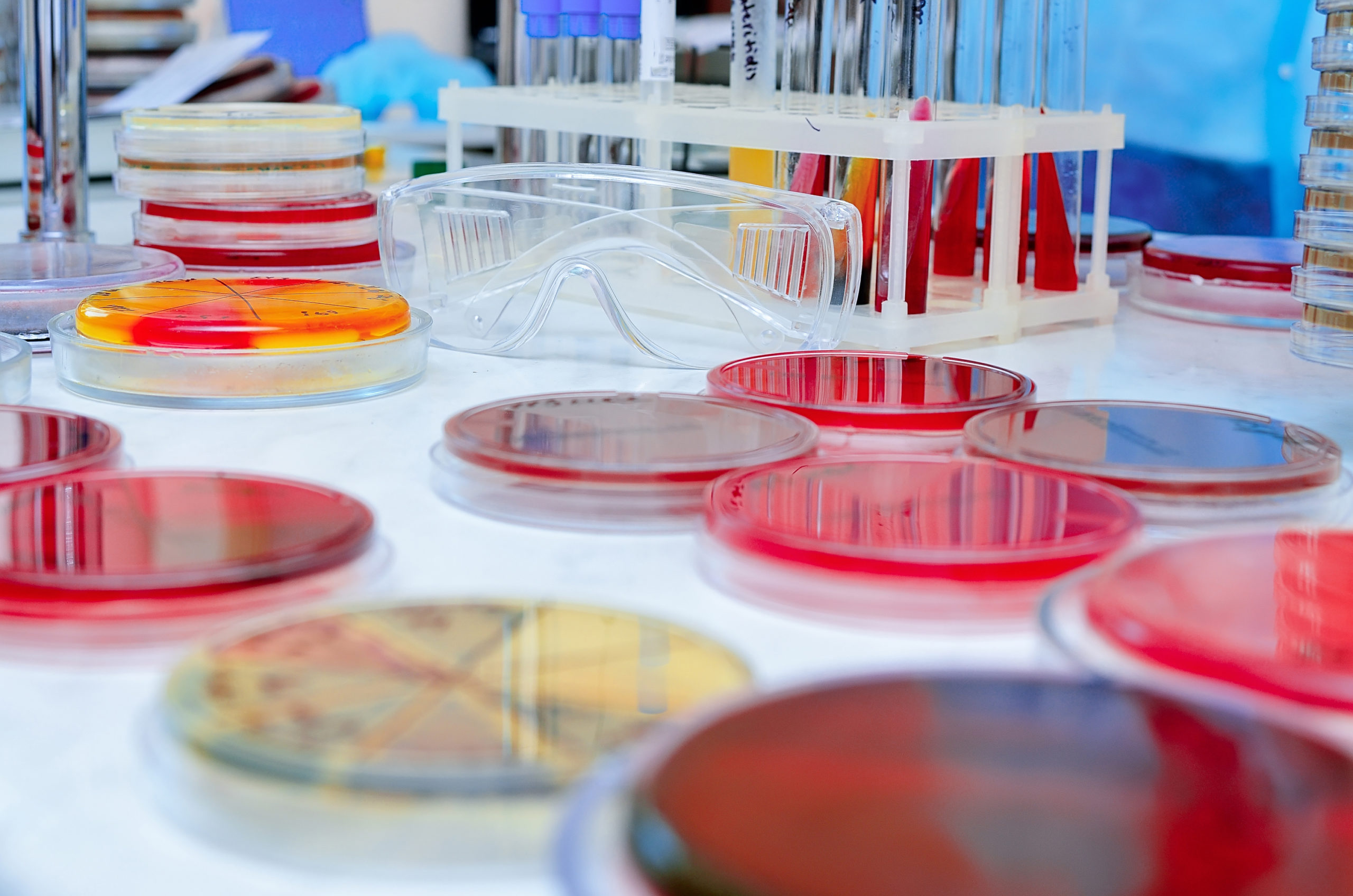
Who is at Risk of Bacterial Contamination?
Compressed air, which is generated onsite by pulling in ambient air and compressing it, contains water vapor, particulate matter, oil vapor and droplets, and microorganisms. The atmospheric air can contain up to 100 million microorganisms per 1000 liters (4). By employing the use of a HACCP plan and a risk assessment, facilities that use compressed air can begin to create and implement a proper monitoring plan. Learn more about compressed air microbial limits here.
Food manufacturing, packaging, and distribution facilities are at risk for bacterial contamination from multiple sources. Air knives, scrubbers, and particle dusters are all compressed air uses that come in direct contact with the consumable food items. Many of these foods have a heat kill step to protect consumers. Indirect contact, like using compressed air to blow off floors and tabletops, can cause microbes to encounter packaging and foods. Sometimes this occurs after the kill step or impacts a product that does not employ one. The simple act of blowing flour off a workbench with compressed air is enough to distribute the organism across the facility with one sweep. Ready-to-eat foods are at high-risk if contamination is introduced in the later stages of processing. Contamination like this can stay with the food all the way to the consumer since there is no cooking off, or heat kill stage.
Bacterial contamination control is a critical aspect in the pharmaceutical manufacturing industry due to the risks to patient health. Bacteria can spoil products, consume the nutrients, or alter the flavor of medications regardless of their form. Identifying bacterial contamination is the best way to pinpoint the source, which allows a facility to anticipate the impact of bioburden on the products.
Modes of Bacterial Identification
Macroscopic
The first step in identification is to count the colony-forming units that grow on an agar plate. A single collection of one type of bacterium is an individual colony. Bacterial colonies are viewed macroscopically with the naked eye and described as domed, raised, flat, smooth, swarming, and having irregular or smooth borders etc. Some agarose plates have additives like blood, that allow the enzymes of the bacteria to transform the agarose around the colony, giving it a halo effect. Loose identification can be done by observing how the bacteria interact with the blood in the agar plate. However, macroscopic identification is only descriptive and hardly an adequate way of identification and classification. To identify bacteria, more information is needed.
Microscopic
Fundamentally, there are three different types of bacteria; Gram-positive, Gram-negative, and those bacteria that are Gram-indeterminate. Gram staining is a technique that involves a primary stain, mordant, decolorizer, and secondary stain. Once applied to a pure bacterial smear on a microscope slide, the scientist can see the cellular shape of the bacterium as well as the Gram-reaction (positive, negative or indeterminate). Gram reactions are based on the outer cell wall structure of the applicable bacteria and either appear purple (Gram positive) or pink (Gram negative) under 100X (with 10X eyepiece) oil immersion microscopy. Once the bacterium is stained, it allows the scientist to note the cellular shape of the organism.
Bacteria are classified by shape as either coccus or rod-shaped. Coccus bacteria can be subtyped into coccus, dicoccus, streptococcus etc. Rods or bacilli shaped bacteria are also subtyped as streptobacilli, bacilli, diplobacilli and palisades. There are also other cellular shapes like spirilla, vibrios, spirochetes, and Corynebacterium.
Gram staining is an inexpensive, effective, quick, and relatively easy method of analysis. It is a foundational step in identifying most of the contaminating bacteria found in food and pharmaceutical recalls. While the technique is over 150 years old, and is generally considered less informative than molecular identification, it is still commonly relied upon in microbiology labs worldwide. It is very effective for first response notification. Listeria will always be Gram-positive and E.coli will always be Gram-negative. Therefore, if your compressed air sample report states that your air contains Gram-positive bacteria and you’re only concerned with coliforms, (Gram-negative bacteria found in stool and intestines of warm-blooded animals) then you won’t need to spend the extra money on molecular techniques for identification.
Chromogenic Agar Identification
Another type of microbial identification is presumptive identification. Presumptive identification relies on the color, colony morphology, growth on selective media, Gram stain, and other enzymatic reactions. Using color indicators allows for early identification and quick results. In general, the chromogenic medium is an alternative method that is quicker and less expensive than molecular identification. This medium allows a laboratory to quickly identify the presence of pathogens or bacteria associated with sanitary problems. This chromogenic agar has the advantage of being selective and differential, because only specific bacterial species are able to grow on it. The target bacteria show structure and color characteristics, which can be used to make the identification. It is a fast and inexpensive option for presumptive identification. Chromogenic agarose allows for rapid and reliable detection of bacteria like Listeria, Salmonella, Shigella, E.coli, and coliforms. They can be analyzed as quickly as 24 hours post-incubation.
Confirmatory Identification
Confirmatory identification uses current molecular techniques to say with certainty that the organism is accurately identified. Today, there are plenty of molecular identification methods to choose from, such as: polymerase chain reaction, MALDI-TOF, gas chromatography, mass spectrometry, and genetic sequencing. These types of molecular techniques are the cornerstone to identifying the genus, species, and subspecies of the unknown microorganism definitively.
Microbial Identification to Genus/Species
Each genus and species of organism has specific sensitivities to certain chemicals, enzymes, and drugs, as well as the ability to metabolize certain compounds. Trace Analytics can test for different properties exhibited by varying bacteria, yeast, and filamentous mold to “fingerprint” the organism. Our 17025 accredited laboratory is able to identify within its fingerprint library of over 2,900 species. Learn more here.

Testing Made SimpleAccurateEasy
Trace Analytics’ laboratory is accredited by the American Association for Laboratory Accreditation. We use state-of-the-art lab equipment that allows us to analyze hundreds of compressed air and environmental samples daily. The result is consistency, accuracy, precision, and rapid turnaround. Trace is an A2LA accredited laboratory complying with ISO 17025, certificate #0322-01.

